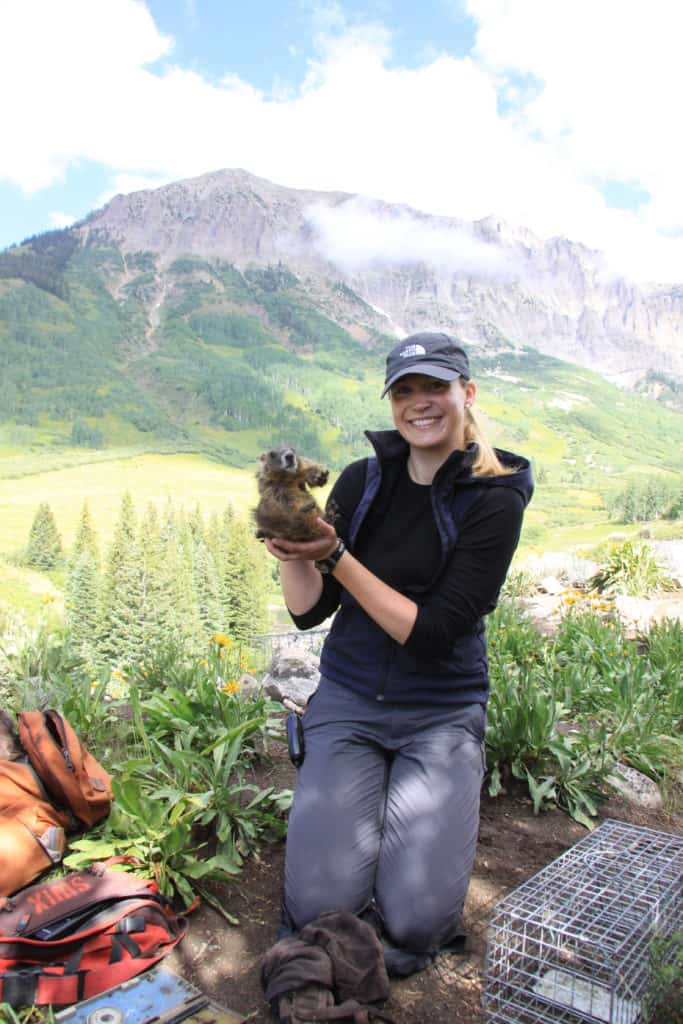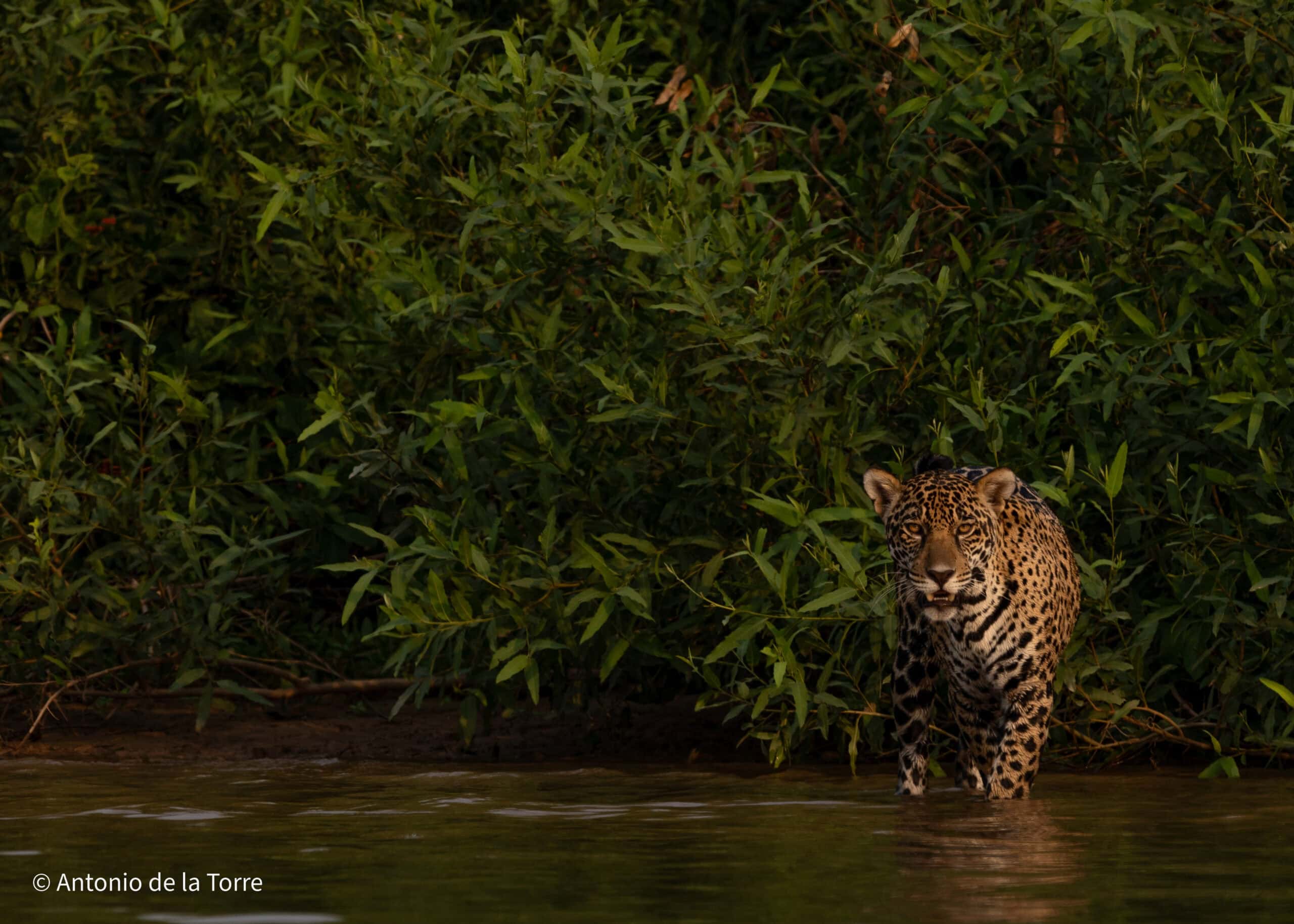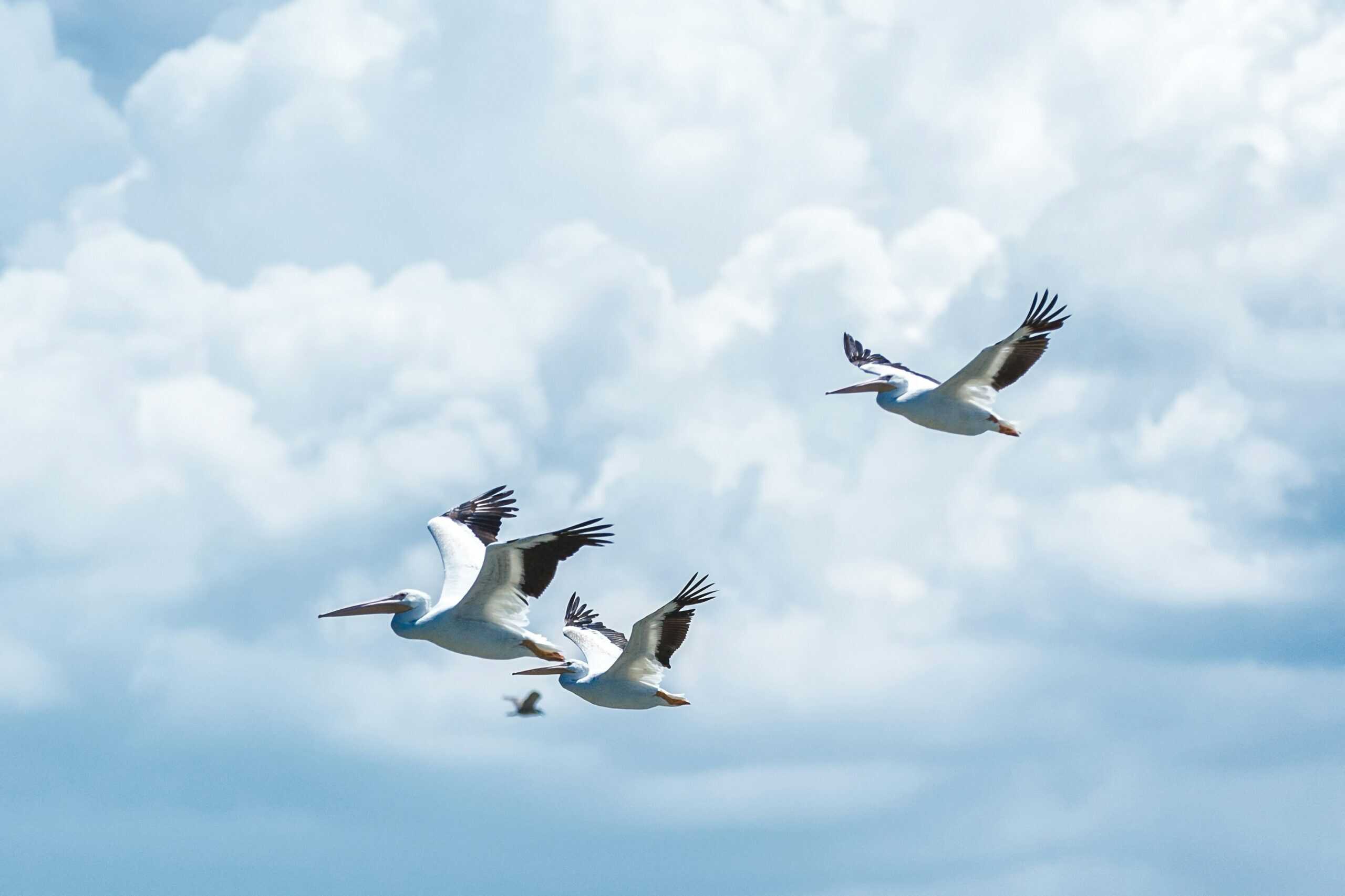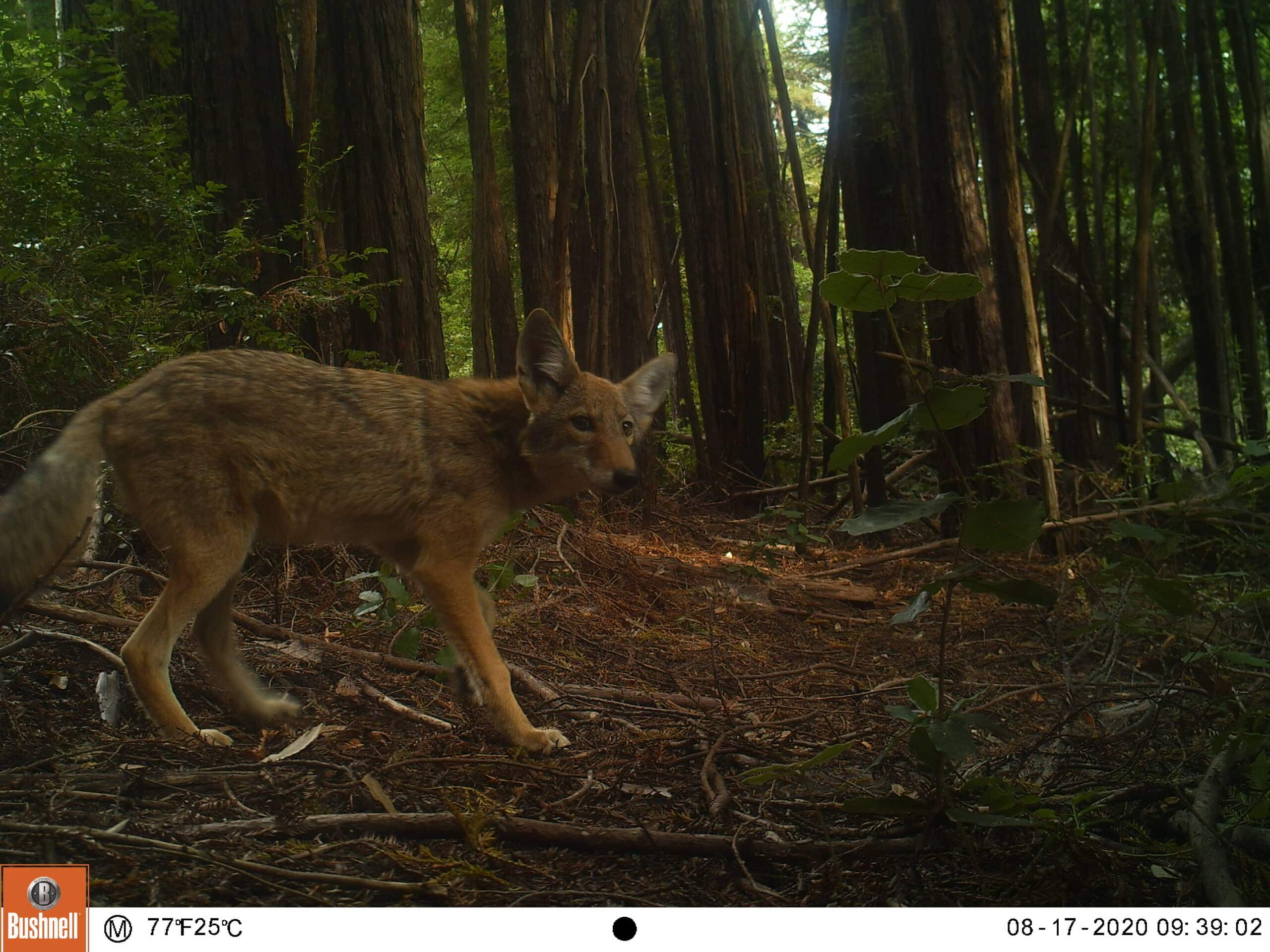Share this article
Marmot survival changes with the seasons
Yellow-bellied marmots in Colorado’s Rocky Mountains experience higher survival rates during the summer than in the winter as the climate changes.
Researchers often use mark-recapture analyses to help them estimate annual survival rates for longer-lived species, like marmots. But researchers wondered if yellow-bellied marmots (Marmota flaviventris) survival rates differ based on the season.
“Given the very distinct seasons that some animals experience and their corresponding seasonal life histories, we thought that one season doesn’t necessarily equal another,” said Line Cordes, a lecturer in the School of Ocean Sciences at Bangor University. “The seasonal environmental conditions these animals face can differ incredibly.”
Cordes and her colleagues knew that climate change is altering the seasonal conditions that marmots have been adapted to, but given the animals’ high-altitude environment, they suspected the changes in winter and summer were different. “Climate change in one season doesn’t necessarily impact animals the same as in another season,” Cordes said.
In the study published in the Proceedings of the National Academy of Sciences, Cordes and her colleagues looked at marmot life history dating back to 1979. During the summer, marmot pups that have soon left their burrows are trapped, weighed and fitted with ear tags that have unique ID numbers. As a result, researchers can tell how old a marmot is and determine survival rates.

Cordes traps a yellow-bellied marmot. Researchers have trapped marmot pups and tagged them with unique ID numbers to help them keep track of age and survival of the individuals.
Image Credit: Graeme Shannon
Cordes and her colleagues used the data to explore seasonal trends in survival. They found that climate change has caused contrasting trends. In the summer, marmot survival increased. In the winter, it decreased.
When they looked at what was resulting in those seasonal trends, they found the environmental drivers differed between pups, yearlings and adults. “The relationships are really complex,” Cordes said, but typically, winter survival was driven by conditions during the previous summer, and summer survival was driven by both winter and summer conditions, depending on age class.
Marmots likely survived better in the summer because it’s an active season where the species has access to plants for food, Cordes said. But a dry summer with less food gave marmots a lower chance of surviving the winter, when marmots rely on their fat reserves to sustain them through eight months of hibernation.
“The better the condition they are in prior to hibernation, the more likely they are to survive,” she said. Meanwhile, warmer winters may be causing the marmots to expend more energy during that time. Marmots remain in a state of torpor during hibernation, when they expend little energy, but climate change is altering the conditions they’ve adapted to, Cordes said.
A positive trend in one season doesn’t necessarily balance out a negative trend in another, she said, “and even if it did, I think we should be very careful dismissing the potential significant changes we are seeing within a season. These [findings] indicate climate change is having a significant impact on these animals.”
The net change in survival until now have been negative for pups and positive for yearlings. Adult survival hadn’t really changed, she said, but continued climate change may result in even warmer and drier summers that can cause negative changes in summer survival. “No marmot population is found in persistently warm and dry environments,” she said, “… and the situation might actually become quite dire.”
For montane species like marmots, there’s nowhere for them to go as climates warm, Cordes said. “I think the paper is more of a red flag in terms of what is likely happening across other alpine species or species occupying highly seasonable habitats,” she said.
Header Image: Yellow-bellied marmot survival is lower in the winter than in the summer. Credit: Graeme Shannon








